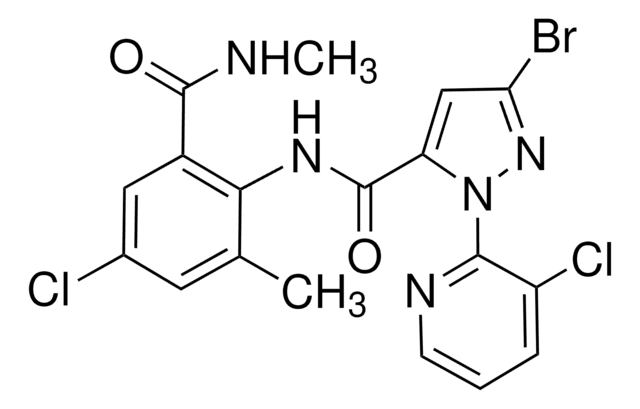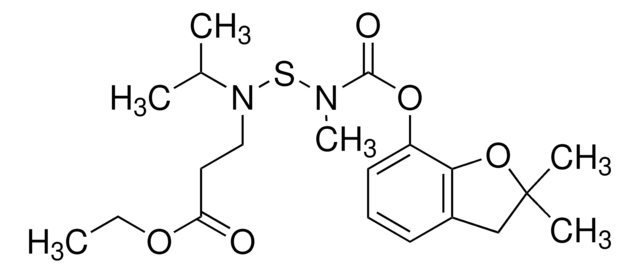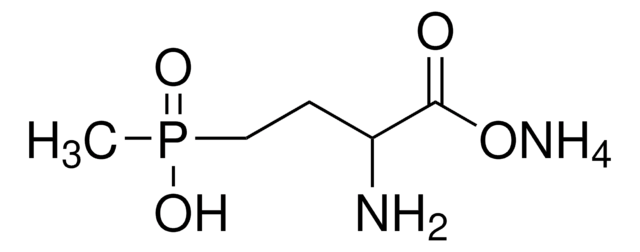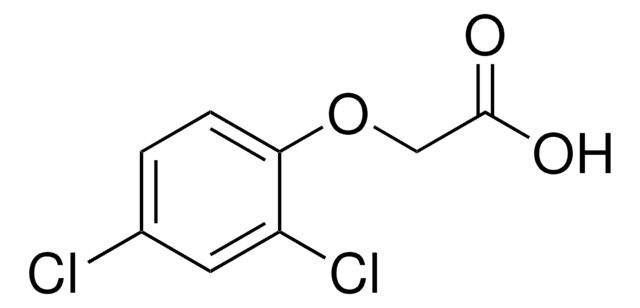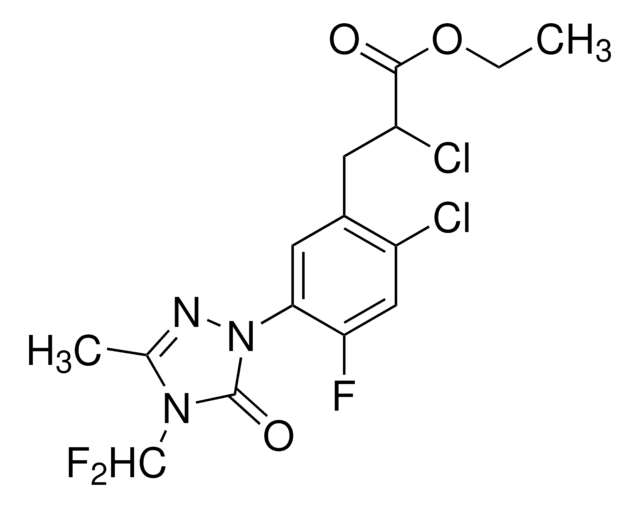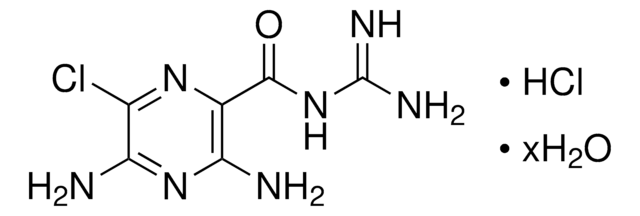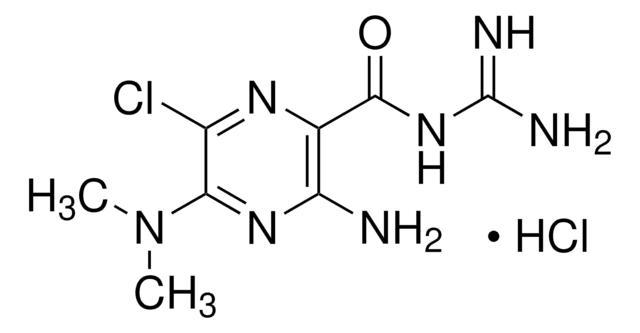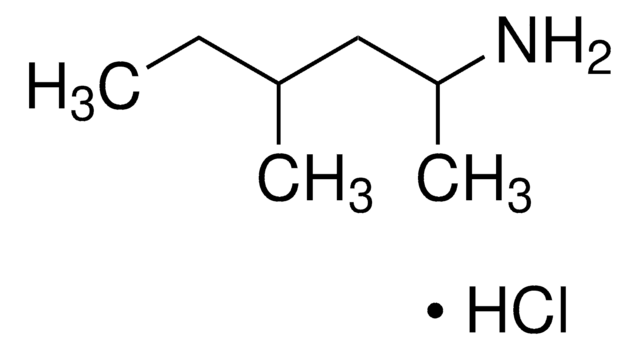398225
Gallic acid monohydrate
ACS reagent, ≥98.0%
Synonym(s):
3,4,5-Trihydroxybenzoic acid monohydrate
About This Item
Recommended Products
grade
ACS reagent
Quality Level
assay
≥98.0%
form
powder
impurities
≤0.01% insolubles
ign. residue
≤0.005%
mp
252 °C (dec.) (lit.)
anion traces
sulfate (SO42-): ≤0.02%
SMILES string
OC(=O)c1cc(O)c(O)c(O)c1
InChI
1S/C7H6O5/c8-4-1-3(7(11)12)2-5(9)6(4)10/h1-2,8-10H,(H,11,12)/p-1
Looking for similar products? Visit Product Comparison Guide
Related Categories
1 of 4
This Item | A4562 | B2417 | SML0460 |
|---|---|---|---|
| form powder | form powder | form solid | form powder |
| assay ≥98% (HPLC) | assay - | assay ≥98% (HPLC) | assay ≥98% (HPLC) |
| Quality Level 200 | Quality Level 200 | Quality Level 100 | Quality Level 100 |
| storage temp. room temp | storage temp. 2-8°C | storage temp. 2-8°C | storage temp. room temp |
| solubility H2O: 50 mg/mL, clear, yellow-green | solubility - | solubility methanol: 10 mg/mL, DMSO: >20 mg/mL | solubility H2O: 5 mg/mL (clear solution) |
| color yellow | color - | color yellow | color white to beige |
General description
Application
Storage Class
11 - Combustible Solids
wgk_germany
WGK 2
flash_point_f
482.0 °F - closed cup
flash_point_c
250 °C - closed cup
ppe
dust mask type N95 (US), Eyeshields, Gloves
Choose from one of the most recent versions:
Already Own This Product?
Find documentation for the products that you have recently purchased in the Document Library.
Our team of scientists has experience in all areas of research including Life Science, Material Science, Chemical Synthesis, Chromatography, Analytical and many others.
Contact Technical Service

